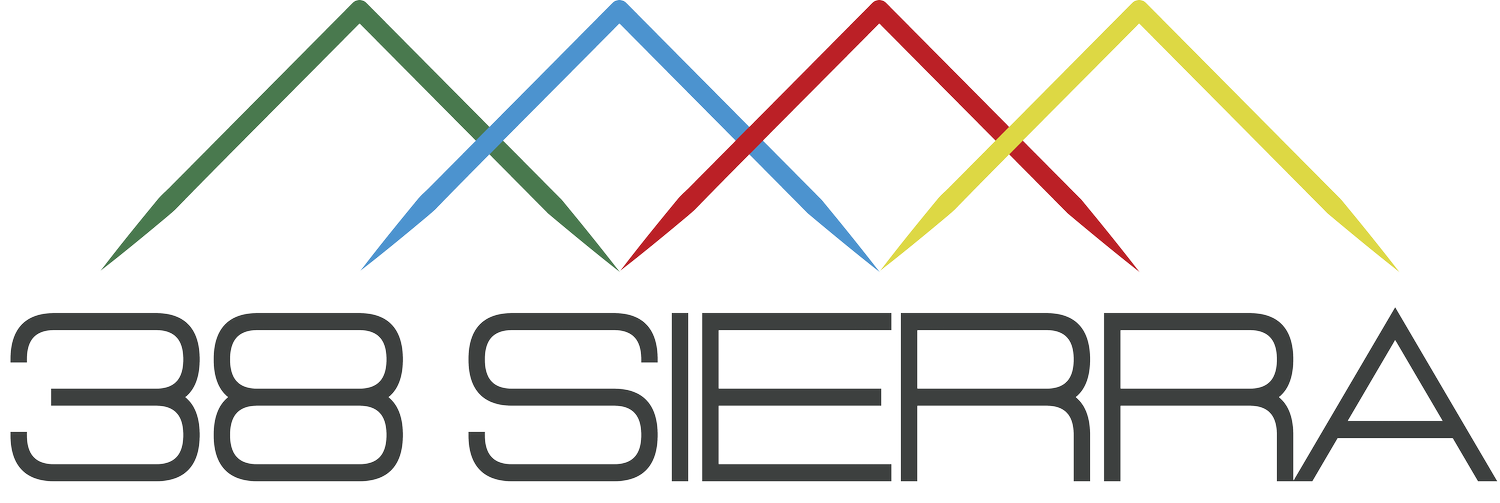Why We’re here
Looking around, we see a lot of opportunities for knowledge gaps to cause serious problems when it comes to responding to sUAS (small Unmanned Aircraft Systems) and their related threats.
A lot of focus is placed on airborne sUAS threats and rightfully so, but what happens when you encounter a sUAS on the ground?
Outside of the folks dealing with this threat everyday in active conflicts, most people, including the ones who really SHOULD know, absolutely do not know how to properly respond to a grounded sUAS.
So is this a gap in doctrine or a gap in training? Well, good news here, it’s a training gap, and not an impossible one to bridge but right now most people don’t have the proper tools to bridge that gap.
If you want to run a sUAS training scenario you typically need a UAS. That’s your first major hurdle, actually getting your hands on a UAS to use in training. A relatively expensive piece of equipment that can’t be unattended for fear of loosing it, and can’t be left out in the elements because that’ll ruin the electronics. All that assumes your organization allows you to purchase or possess any UAS in the first place.
You also run into an issue with causing confusion about whether or not the drone that just got reported is part of an exercise scenario or if this is a real world incident. This isn’t impossible to overcome with proper exercise oversight and coordination but is a common stumbling block.
We want to help bridge that gap with our training aids to provide realistic and impactful tools to bring realism to your scenarios to prepare for the very real threats that sUAS represent.
We want you to be able to effectively train to respond to sUAS flyovers and exercise the process of locating, reporting and responding to dropped payloads. Right now we’re building out our catalog of explosive sUAS dropped munitions but we’ll also be adding non-energetic training aids to our lineup soon.
We model our dropped payload training aids on real world examples of improvised dropped munitions as well as conventional ordnance that has been modified for use as a UAS dropped munition. Since this is a rapidly evolving threat, we need to be able to quickly respond to your needs and provide up to date training aids at a moments notice.
We’re leveraging additive manufacturing in combination with more traditional methods to be able to keep pace with new threats as they emerge and to produce training aids that represent the most current threats. At the time of writing it’s taking us an average of seven days to research, design, prototype, and produce a production ready version of a new dropped munition training aid.
The potential for a significant sUAS incident is real, and that threat doesn’t only exist abroad but is also an emerging domestic issue. So, we’re here because we don’t want to see people who are encountering sUAS end up in a dangerous situation due to a lack of training. You work hard to keep your people safe every day, we’ll provide the tools to help you do that.
Check back soon for articles covering sUAS threats, their potential impact, and how you can integrate these real world examples into your own training scenarios.

